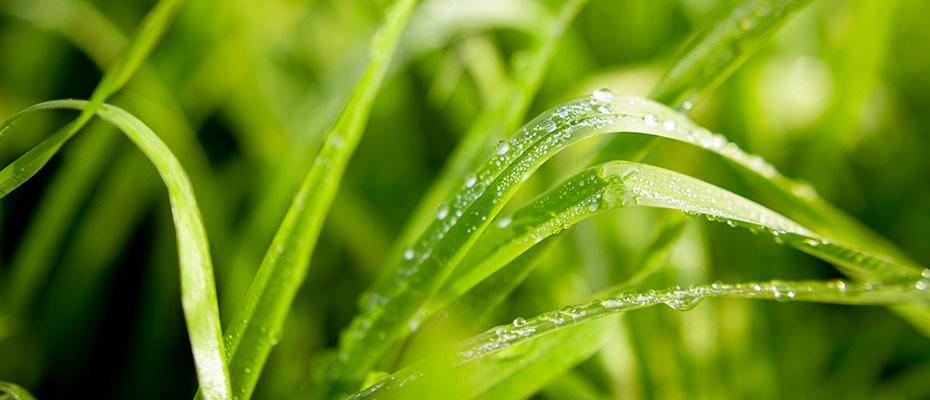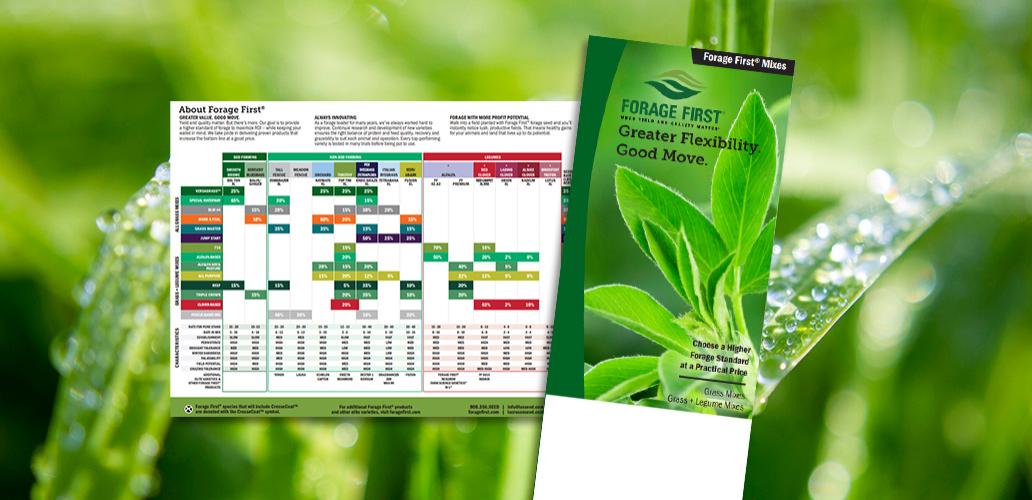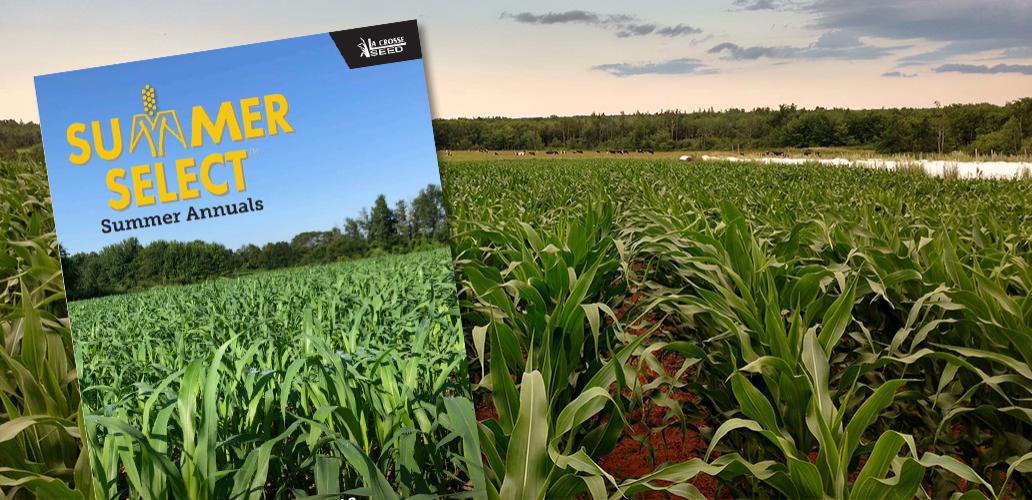Forage First Guide I Summer Select Guide
Greater Value. Good Move. Yield and quality matter. But there’s more. Our goal is to provide a higher standard for forage to maximize ROI– while keeping your wallet in mind. We take pride in delivering proven products that increase the bottom line at a good price.

Haymate XL is a blend of improved mid-late maturing varieties best-suited as a companion crop to alfalfa or other legumes where seed heading dates are important. The maturity of Haymate XL parallels alfalfa, so harvesting with alfalfa in the 1/10 bloom stage can maximize yield and quality of both components.
CHARACTERISTICS:
Establishment: Medium
Persistence: High
Drought Tolerance: Medium
Winter Hardiness: High
Palatability: High
Yield Potential: High
Grazing Tolerance: High
SEEEDING:
Seeding Rate:
Alone (lbs./acre): 15-25
Mixes (lbs./acre): 3-10
Seeds/lb.: 416,000
Depth (in.): 1/4-1/2
Planting Time:
Mar.-May; Aug.-Sept.
Emergence (days): 7-21
Life Cycle: Perennial
Adaptation:
Orchardgrass is found from Canada to the Gulf Coast states and from the Atlantic coast to the Pacific coast. However, orchardgrass is not as winter hardy as smooth brome or timothy. Orchardgrass performs well on different textured soils ranging from clay to gravely loams and on shallow to deep soils. Does not grow well in saline soils and areas with high water tables. It has the ability to establish and persist in areas that receive as little as 11 in. of annual precipitation. Orchardgrass performs best in a pH range of 5.8-7.0.
Establishment:
A clean, firm, weed-free seedbed is recommended. Range and erosion control seedings should be made in the late fall or very early spring. Do not seed after the spring moisture period is well advanced or a failure may occur because of drought and hot summer conditions before the grass is well established. A deep furrow or range drill with press wheels may be used. Orchardgrass is easily established with grain drills or by broadcasting seeding. The seeding rate is 8-12 lbs./acre. For range and critical area treatment a seeding rate of 3-4 lbs./acre is recommended. If broadcast, double the seeding rate. Adjustments in seeding rate should be made when seeding in mixtures. Seeding depth should not be more than ½ in.
MANAGEMENT:
Rotational Grazing:
Begin (in.): 8-12
Stop (in.): 4-6
Avg. Days Rest: 15-30
Hay or Haylage Harvest:
Cut boot to early head for first cut, then every 4-6 weeks thereafter
Under irrigation and higher rainfall areas, orchardgrass should be cut at boot stage for the first cutting and then at 4-6 week intervals depending on regrowth. Rotational grazing is best for production, persistence and quality. Fields should be grazed heavily and frequently during the spring, but do not overgraze. Leave a 3-4 in. stubble so plants can recover quickly. Heavy grazing during the late fall should be avoided to prevent depletion of root reserves. Under dry land conditions, orchardgrass should not be grazed until late summer or fall of the second growing season. The plants may be severely damaged by overgrazing especially in the seedling year. Use no more than 60% of the annual growth during the winter season or 50% during the growing season. This plant responds well to rotational grazing systems. Orchardgrass responds to good fertility management. One strategy, to even out the forage production, is to fertilize the stand after the first and second cutting or grazing to boost late spring and summer production.

Ratings
Scale 1-9, where 9 = best or most pronounced
Persistence
Drought Tolerance
Winter Hardiness
Palatability
Yield Potential
Grazing Tolerance
- Medium-late maturity blend
- Great companion for alfalfa
- Improved disease resistance
- Maturity allows for more flexibility with first harvest in spring

.png)
.png)


.png)










